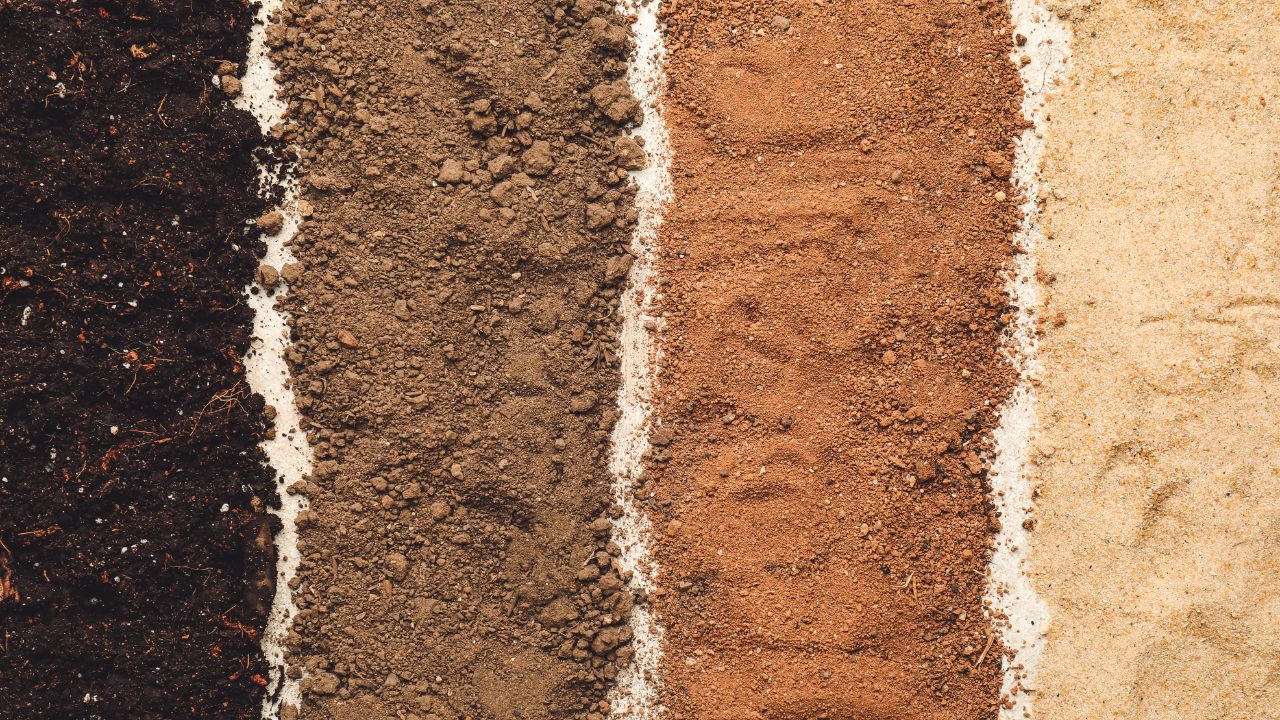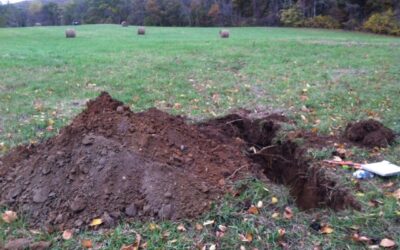The Crucial Role of Soil Types in Determining Your Property’s Water and Sewage Systems
When it comes to setting up water and sewage systems for your property, one factor that plays a pivotal role yet often goes unnoticed is the type of soil your property sits on. The unique soil content of your land significantly influences the design and functioning of your property’s infrastructure, ensuring that water is effectively managed and sewage systems run smoothly.
Understanding Different Soil Types
Soil is much more than just dirt under our feet. It’s a complex mix that can vary dramatically from one location to another, and here are some common types:
- Peaty Soil: Known for its dark color and high organic matter, peaty soil retains water well, which could require specialized drainage solutions.
- Silty Soil: Smooth to the touch, silty soil has high fertility but can also hold moisture, leading to potential drainage challenges.
- Loamy Soil: Often considered the ideal garden soil, loamy soil has a balanced mix of sand, silt, and clay, offering great structure, fertility, and drainage properties.
- Chalky Soil: Characterized by its large grains and alkaline nature, chalky soil can lead to issues with water retention and may require irrigation solutions.
- Sandy Soil: Quick to drain but low in nutrients, sandy soil can challenge water retention, necessitating frequent watering or irrigation strategies.
- Clay Soil: Although fertile, clay is dense, holds water, and can be heavy, which means it warms slowly in spring, potentially delaying planting seasons and requiring efficient drainage systems.
Impact on Water and Sewage Systems
The type of soil on your property can affect both water and sewage systems in several ways:
– Drainage: Soil types like clay and peaty may require more intricate drainage solutions to prevent waterlogging and ensure that sewage systems do not back up.
– Absorption: Systems such as septic tanks rely on the ground’s ability to absorb and filter wastewater. Sandy or gravelly soils may require additional considerations to treat sewage effectively.
– Infrastructure Placement: The soil composition can dictate where and how water and sewage infrastructure is placed, ensuring the systems work efficiently and avoid potential soil erosion or contamination.
Tailoring Solutions to Soil Type
Understanding the specific characteristics of your property’s soil is crucial in developing an effective water and sewage system. It might involve consulting with experts who can conduct soil tests and provide recommendations tailored to your property’s needs. For instance, properties with high water table soils might benefit from elevated septic systems, while those with sandy soil may need alternative filtration methods to ensure safe and effective sewage treatment.
Conclusion
The relationship between soil types and water and sewage systems is a testament to the intricacy of managing residential or commercial properties. By acknowledging and addressing the unique challenges posed by your soil type, you can ensure a sustainable and efficient setup for managing water and waste, ultimately contributing to the overall health and longevity of your property’s infrastructure.




